The first step involves pressure cleaning all exterior surfaces with an anti-mold and anti-fungus solution. A clean surface is essential for new paints or primers to stick well.
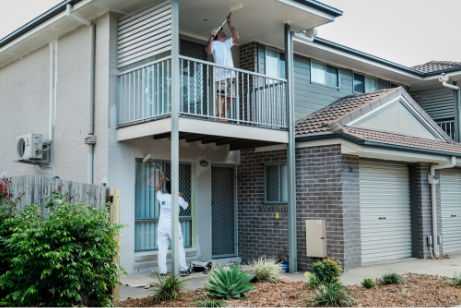
Before we can begin painting, it’s necessary to prepare the surfaces to get the best finish. When our painters are undertaking this part of the process, they use scrapers with special tungsten blades to remove previous paint coating, which has poor adhesion. We then use a mechanical sander to smooth out the area. Finally, sanding the surface is essential as it scuffs the surface to create adhesion for the following new coatings.
Filling refers to fixing up any holes in the surface or gaps where the different building materials meet and can help inhibit any moisture from entering behind the new paint coating, protecting your surface.
We conduct priming to all previously painted enamel surfaces, and any area sanded back to bare as part of the preparation process. Priming exterior surfaces is vital to creating adhesion for the new coatings to stick. In addition, to extend the lifespan of the new paint job, priming all previously painted surfaces may be necessary if your paint coatings are heavily degraded.
We always recommend applying two coatings of self-priming ultra-premium grade paint, such as Dulux Weathershield. It’s essential to understand how different sheen levels can protect and extend the life of the new paint.
The above process may deviate slightly. However, this is the general way a Brisbane painter will paint the exterior of a house or building.
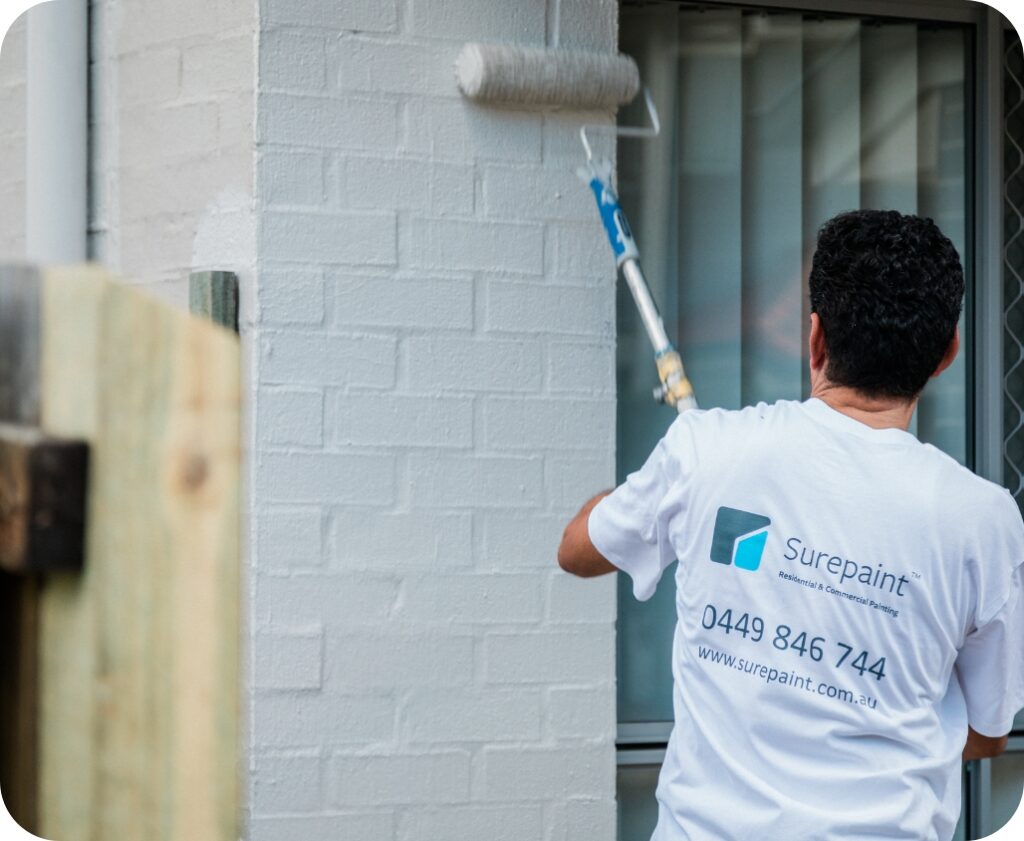
When the previous coatings have mould and mildew growth or are heavily degraded, our paint team will require a significant amount of additional time preparing the surface. This can involve scraping and sanding away previous paint coatings that may be cracking, peeling and flaking. Given the extra time and work involved, this will increase the overall cost to paint your home or building.
How easy or difficult it is to gain access to the exterior of your home or building can affect the cost of your project. For example, if there is no street parking available and our painters have to pay for parking, this will increase costs. Suppose you manage or own a commercial property where we can only paint when tenants are not on-site. In that case, this may mean paying our painters overtime rates and the job taking longer to complete.
Any house or building built before 1978 will contain lead-based paint. Lead was used in paint in the early to late 19th century and can be extremely dangerous when it breaks down. Therefore, we use special safety precautions and methods when sanding and scraping a project with lead-based paint. These safety measures help ensure everyone on-site and located nearby is kept safe. Find out more about removing lead-based paint.
While many people are looking for budget alternatives to save money, it's essential to realise that using cheaper paint is likely to negatively affect your investment when it comes to painting the exterior of your home or building. Cheaper paints won't help to protect your exterior surfaces from the elements and can mean you will need to repaint sooner than you think.
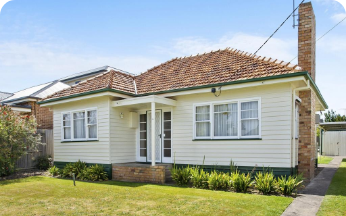
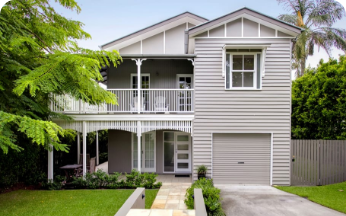
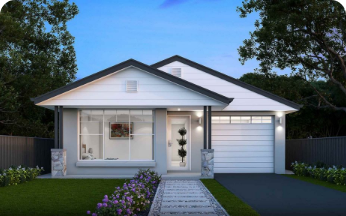
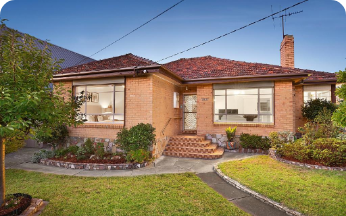
From sun-damaged walls to choosing the right paint for Queensland’s wild weather, painting the house exterior raises a few important questions. Exterior painting costs can vary based on several factors, including paint and primer expenses, and it’s crucial to estimate these costs accurately.
Whether you’re planning a full repaint or just curious about what impacts cost, these FAQs will give you a clear picture before you pick a colour or book a quote. A fresh paint job can significantly enhance your home’s curb appeal, making it more visually appealing and potentially increasing its value. Applying a fresh coat of paint is essential to enhance the home’s appearance and protection.
It mostly comes down to surface condition, house size, and access. The cost of a painting job is influenced by these factors, which can significantly impact the overall cost. Exterior painters set their rates based on these factors. The square footage of your home directly affects the cost of painting, as larger homes require more coverage and materials. If your home has peeling paint, mould, or requires scaffolding, it’ll take more time and materials.
Selecting the right type of paint for exterior walls is crucial to ensure durability and protection against weather elements.
The best way to get an accurate price? Let a professional painter inspect your property — no surprises, just a proper plan.
Absolutely. Power washing is the secret to a long-lasting finish, as it ensures a clean surface by effectively removing dirt and grime. We use anti-mould and anti-fungal treatments during our washdown to make sure your new paint sticks properly — and doesn’t start peeling after the first summer storm. It is also crucial to gather all necessary supplies before you begin painting to ensure a smooth and efficient process.
Exterior painting faces a lot more drama — think harsh weather, UV exposure, uneven surfaces, and weather conditions. Extensive prep work is required for exterior painting, especially for materials like stucco and brick. We need heavier prep, high-quality paint, and sometimes scaffolding or safety gear. The larger surface area and these additional requirements add to labor and costs, but protect your home for years.
Homes with multiple stories require additional equipment and labor, increasing costs.
We recommend ultra-premium, weather-resistant acrylic exterior paints like Dulux Weathershield, which come in various types and finishes. Oil based paint is also a durable option for harsh weather conditions. Selecting paints with high weather resistance is crucial as they can withstand harsh weather conditions, ensuring durability and long-lasting appeal. Latex paint, a durable, water-based option suitable for various surfaces, is also a great choice. They resist fading, handle Queensland’s humidity, and stay looking fresh longer than budget alternatives. Skimping on paint = repainting sooner than you’d like.
Yes — if the old paint is in good condition. But if the old stuff’s flaking, chalky, or full of cracks, we’ll need to scrape, sand, and prime before any new paint goes on. Achieving a smooth surface is crucial; any areas with chipped or peeling paint need to be scraped to ensure a smooth finish. Think of it like skincare: you wouldn’t apply moisturiser on dirty, dry skin and expect miracles.
If the surface is not properly prepared, the painted finish will not last.
Absolutely — we can include exterior trims like fascias, eaves, gutters, and window frames in your quote. Exterior trim is crucial for maintaining the overall look and protection of your home. High gloss paint is an excellent choice for exterior trims due to its durable and visually appealing mirror-like sheen. Just let us know what you want freshened up. These details often make the biggest difference in your home’s curb appeal. Painting trims can significantly enhance your home’s curb appeal by refreshing its appearance and adding value.
Homes built before 1978 might have lead-based coatings, and removing them needs special care. A paint sprayer can be an effective tool in the removal process, though additional tools like brushes or rollers may still be needed for detailed work. We use safe removal techniques, proper containment, and protective equipment to make sure everyone stays safe — including your neighbours and pets.
You can — but we don’t recommend it. Higher quality paints may have a higher initial cost but provide superior durability, coverage, and aesthetic appeal over time. Choosing a dark color for exterior painting can incur higher costs due to the increased amount of more paint needed for full coverage. Cheap paint fades, cracks, and fails faster under Brisbane’s sun and storms. That means repainting every 3–5 years instead of 7–10. Using premium quality paint once saves you a bundle long-term.
It depends on your surface type, paint colour, and what’s already underneath when you paint a house. Applying the first coat is crucial; start at the highest point and use straight, even strokes according to the siding layout. Most jobs need a second coat for the best finish and durability. Going from dark to light? You might need an extra coat or a proper primer.
With the right preparation, quality materials, and proper application, a professional exterior paint job can last 7 to 10 years without needing a new coat. Using highly durable materials is crucial for a long-lasting finish that withstands the elements.
Of course, things like weather exposure, surface type, and paint colour can all influence how long it holds up — but a well-done job should look great and perform for years. Additionally, painting the exterior not only enhances the value of your home but also provides protection from various weather elements.

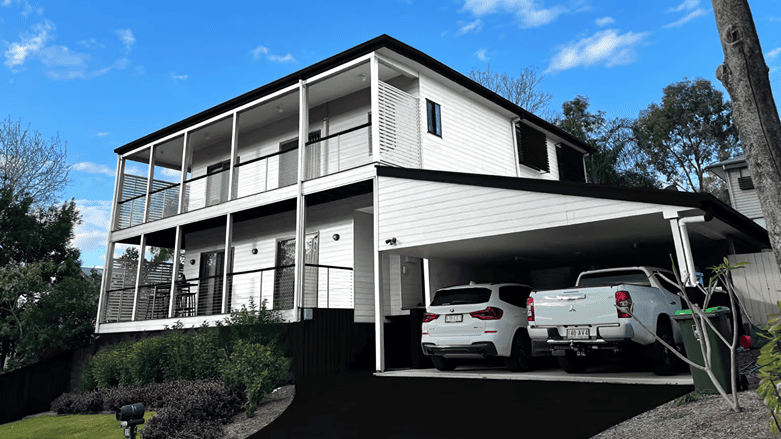
Surepaint™ isn’t just another painting company. With over 2,000 projects completed, we don’t just deliver exceptional results —
We set the benchmark for what a professional painting service should be.

Copyright © Surepaint™ 2025 All Rights Reserved.
Protected by all the possible laws. If you tryna copy its about as smart as challenging Beyoncé to a sing-off.
Surepaint™ acknowledges the Traditional Owners of the land on which we operate and pay our respects to Elders past, present, and emerging. We recognize the contributions of Aboriginal and Torres Strait Islander peoples, and we are committed to fostering respect, understanding, and inclusivity in the communities we serve.
Fill out our quick form, and we’ll call you same day* to schedule your free quote.
*Monday Through Friday
Book a free quote anytime with our 24/7 online system. Choose a time that works for you!